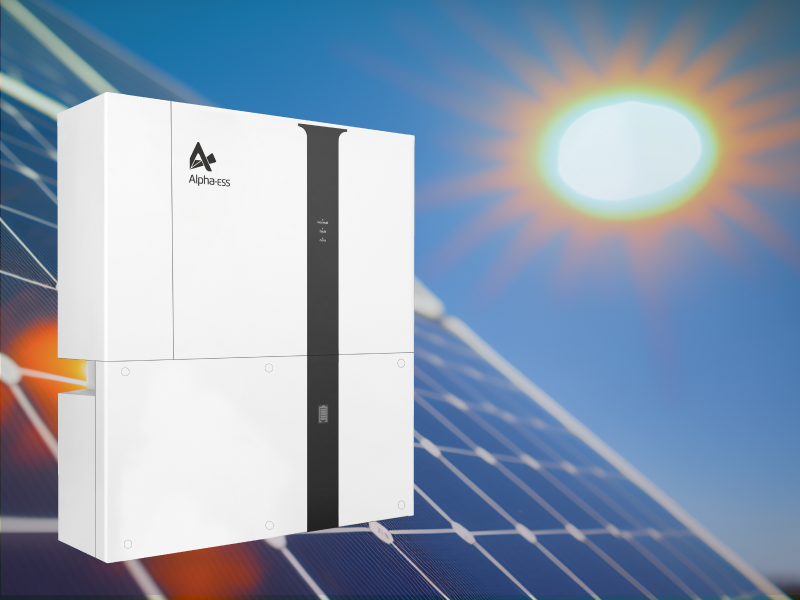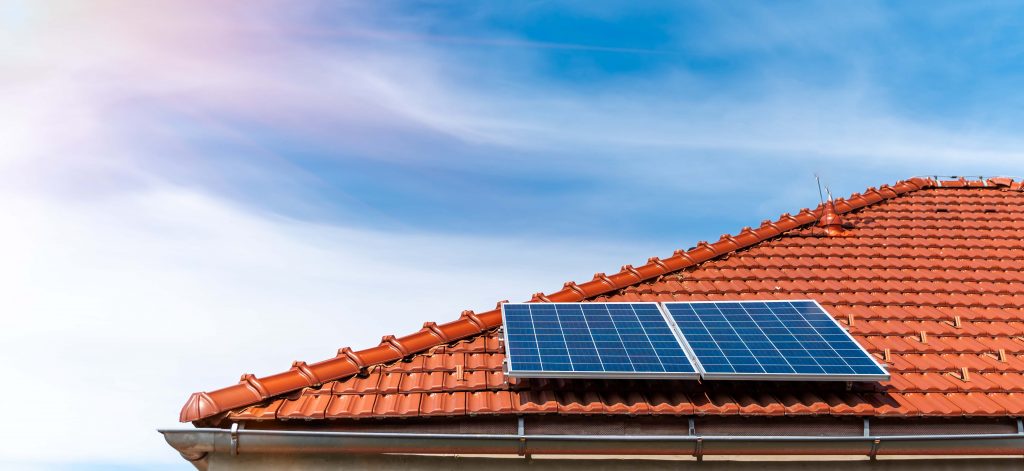When considering a solar system for your home, one key factor that can throw a spanner in the works when making a decision on whether to go ahead with your solar project is shading. The post Optimizing solar system...
Is shading a reason to stop exploring solar for your home?
The answer depends on the extent of the shading issue, but in most cases it’s definitely not a reason to stop your investigation into solar for your home, it just adds another dimension of consideration.
Shading from trees, nearby buildings, or even chimneys will certainly impact the efficiency of solar panels. However, with advances in technology, even homes with partially shaded roofs can harness the power of the sun.
Let’s explore how shading affects solar panel performance and some of the innovative solutions available to maximize your solar investment, and help you make the right decision on whether to take the next step and get a quote.
Understanding shading and its effects
Shading on solar panels generally comes in degrees – from minor, where only a small portion of your roof is covered, to significant, where shade covers large areas throughout the day.
Minor Shading: A few branches casting shadows might not seem like a big deal, but solar panels are wired in series, meaning the performance of the entire system can be brought down by the least productive panel. In these scenarios the solution may be as simple as cutting back a few branches from neighbouring trees, or working with your solar company to ensure your panel placement is optimised to avoid these minor areas of shading.
Medium Shading: This could be from a nearby structure such as a two story house next to your single story one, or a tall tree that casts an extended shadow. The impact here starts becoming more noticeable, potentially reducing overall energy production in a more significant way.
Solar technology continues to evolve to optimise performance
Thankfully, panel technology has evolved to address shading issues head-on.
Half-Cut Split Cell Panels: This technology essentially splits a solar panel into two sections. If one part is shaded, the other can still function effectively. Meaning that you are still getting the benefit of one half of the panel working, even if the other half is compromised. These panels are less affected by shading compared to traditional panels because the individual halves operate independently.
Optimisers: Solar power optimizers can be attached to each solar panel to allow them to operate independently. This means that even if one panel is shaded, the others can continue producing power at their maximum potential. They adjust the voltage and current to optimal levels for each panel, which improves overall system performance and can mitigate losses from shading.
Solar Batteries
Solar batteries can be an excellent addition to a system facing shading issues. By storing energy when the sun is shining—regardless of the amount—this stored power can then be used when the sun goes down, or when your panels are underperforming due to shade. It’s like saving for a rainy day; only you’re saving sunlight for later use.

Benefits and Trade-Offs
With these technologies, the benefits are clear:
Optimizers and half-cut cells can reduce the losses due to shading. Solar batteries can help ensure that no excess energy goes to waste, providing energy security and independence.There are some considerations to take into account, we will help you understand these during our solar consultation process:
Cost: Optimisers optimizers add to the upfront cost of your solar system. We will help you understand whether they are worth it or not by checking whether the potential increase in energy production and savings that result from the addition of optimisers outweigh the additional costs.
Complexity: These systems can be more complex to install and require a knowledgeable installer familiar with the latest technologies. With over 5,500 systems operating Australia wide, we have encountered every scenario possible and our internal engineering team and installation partners have the experience to help you understand the benefits and drawbacks and conduct a seamless installation.
Making an informed decision
So, can you get solar panels if you have a shaded roof? Absolutely, but only with the right technology, system design, and up front understanding of whether the benefits outweigh the drawbacks and investment. It is not our best interest to sell you an underperforming system, and we will not do so if we believe it is the wrong decision.
Should you add a battery? If you want to maximize your use of solar energy and safeguard against energy variability, a battery can be a wise choice. Again we will help you understand whether this is the right solution for you relative to your objectives and energy use patterns, always using the north star of helping you to make significant savings on your energy bills by eliminating as much grid energy use as possible.
To determine the best solution for your home we’ll help you understand
The extent of shading: Assess how much of your roof is shaded throughout the day and at different times of the year.
Your energy needs: Calculate your energy consumption and consider if you can adjust usage patterns to align with energy production.Long-term savings: Evaluate the potential long-term savings from a more efficient system that may have a higher upfront cost but could generate more savings over time.
We use technology to assess your specific needs and situation
High-resolution aerial imagery: This tech gives us a detailed view of your roof’s exposure to sunlight during different times of the day and across seasons. It considers factors such as the angle of the sun, surrounding trees, buildings, and any other obstructions that might cast shadows on your solar panels.
All-year-round performance insights: By using this technology, ShineHub can provide you with a comprehensive performance forecast for your solar panels. We can predict how they will perform in summer’s peak and winter’s lull, ensuring you have a full picture of your potential energy generation and savings.
Understanding Roof Orientation and Shading Patterns
Roof orientation analysis: ShineHub’s comprehensive assessment includes analyzing the orientation of your roof to determine the optimal placement of solar panels.
Timing of Shading: Shading patterns change over the course of the day. Morning shadows may be cast by eastern obstacles, while afternoon shading can occur from western structures.

Another consideration is when you use the most energy in your home
Our goal is to match your solar system energy production with your consumption patterns as much as possible. By understanding when you use the most power, we aim to align your solar system’s peak production times with your peak usage.
Optimized Panel Positioning: Depending on whether your shading is worse in the morning, midday, or afternoon, we may be able to adjust the positioning of your panels to ensure they receive sunlight when it’s most needed (your roof space permitting), and funnel any extra into your battery for later use.
Conclusion
Shading doesn’t have to be a solar dealbreaker.
Remember, every roof is unique, and a one-size-fits-all approach does not apply to solar. Consult with our experienced team of solar sales professionals and engineering team who can offer a tailored solution that considers shading patterns, your energy needs, and marrying this with the latest in solar panel and battery technology. With the right setup, even a shaded roof can yield a sunny outlook on your energy future.
^The information provided on this blog is for general informational purposes only. We make no representations or warranties of any kind, express or implied, about the completeness, accuracy, reliability, suitability or availability with respect to the blog or the information, products, services, or related graphics contained on the blog for any purpose. Through this blog, you may be able to link to other websites that are not under our control. We have no control over the nature, content, and availability of those sites. The inclusion of any links does not necessarily imply a recommendation or endorse the views expressed within them. Contact ShineHub to confirm your eligibility. Terms and conditions apply.
The post Optimizing solar system performance, the question of shading appeared first on ShineHub.


